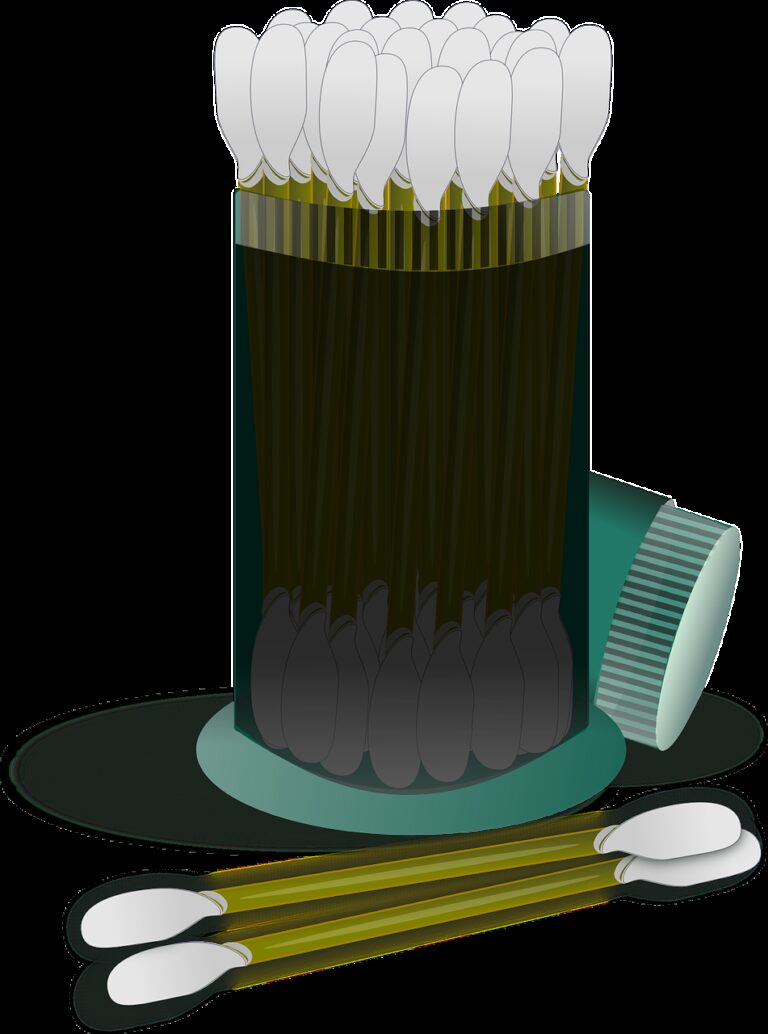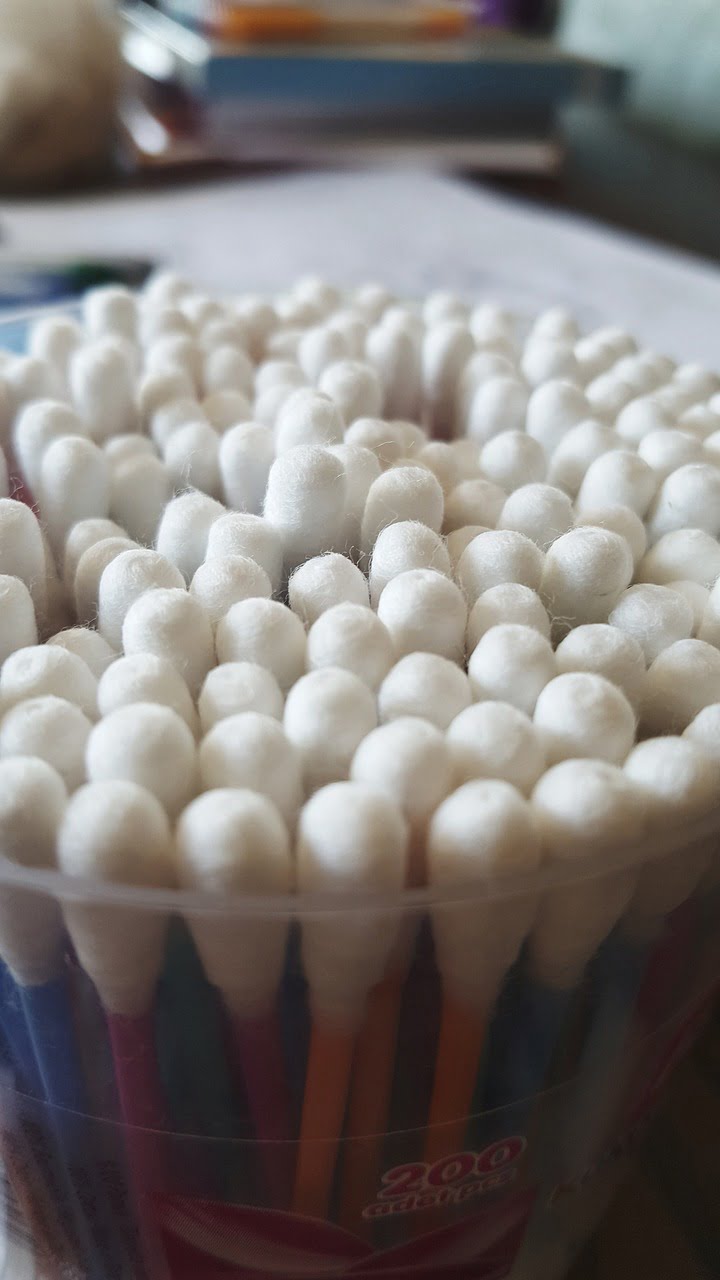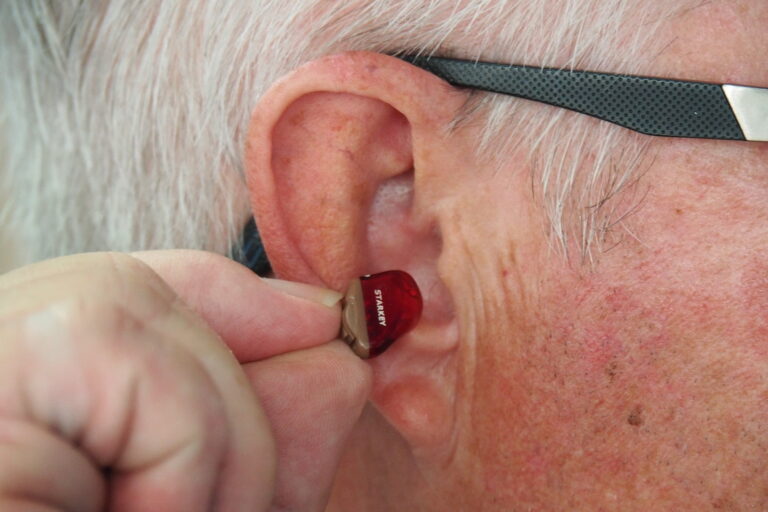Ear Wax Demystified: Unraveling the Definition and Composition of Ear Wax
Last Updated on 25th April 2024 by Admin
Ear wax, also known as cerumen, is a natural substance produced by the glands in the ear canal. Despite its often misunderstood nature, ear wax plays a vital role in maintaining the health and functionality of our ears. In this article, we will delve into the definition and composition of ear wax, shedding light on some common misconceptions surrounding this intriguing substance.
Understanding the Definition of Ear Wax
Ear wax is a waxy, yellowish substance that is secreted by the ceruminous glands present in the ear canal. It is primarily composed of a mixture of dead skin cells, hair, and secretions from the glands. The production of ear wax is a natural and essential process that helps protect and lubricate the ear canal, preventing it from becoming dry and itchy.
Ear wax is not just a random collection of debris in the ear canal. It serves as a protective mechanism against foreign particles and microorganisms that can enter the ear. The ceruminous glands produce ear wax to create a physical barrier, trapping dust, dirt, and other harmful substances before they can reach the delicate structures of the ear. By doing so, ear wax helps prevent ear infections and maintains the overall cleanliness of the ear.
Furthermore, ear wax acts as a lubricant for the ear canal. The sticky and oily nature of the wax helps to moisturize the skin lining of the ear canal, preventing it from drying out. This moisture is essential for the proper functioning of the ear, as dryness can lead to discomfort, itchiness, and even irritation. In addition, the lubricating properties of ear wax facilitate the smooth movement of the jaw during activities like talking and chewing, which aids in the self-cleaning mechanism of the ear.
The Composition of Ear Wax
Ear wax consists of various components that contribute to its unique composition. The primary constituents of ear wax include:
-
Dead Skin Cells: As the outer layer of our skin naturally sheds, these dead skin cells find their way into the ear canal. These cells mix with other substances to form ear wax. The accumulation of dead skin cells is a normal part of the ear’s self-cleaning process.
-
Hair: The ear canal is lined with tiny hairs that help trap dust, debris, and other particles from entering deeper into the ear. Some of these hairs can get caught in the ear wax, contributing to its composition. The presence of hair in ear wax is not a cause for concern and is simply a result of the natural function of the ear.
-
Glandular Secretions: The ceruminous glands located in the ear canal produce a sticky, oily substance that combines with the dead skin cells and hair to form ear wax. These secretions help moisturize the ear canal and prevent it from becoming dry and irritated. The unique composition of glandular secretions contributes to the adhesive properties of ear wax, allowing it to effectively trap debris.
-
Sweat and Sebum: The ear canal contains sweat glands and sebaceous glands that secrete sweat and sebum, respectively. These secretions can mix with the other components of ear wax, adding to its overall composition. Sweat and sebum contribute to the moisture and lubrication of the ear canal, enhancing its ability to self-clean.
The composition of ear wax can vary from person to person, influenced by factors such as genetics, hygiene practices, and environmental conditions. However, regardless of the variation, the main purpose of ear wax remains the same – to protect and maintain the health of the ear.
The Purpose of Ear Wax
Contrary to popular belief, ear wax is not a dirty or harmful substance. In fact, it serves several important purposes in maintaining ear health:
-
Protection: Ear wax acts as a protective barrier, preventing dust, dirt, and other harmful particles from entering the sensitive parts of the ear. By trapping these particles, ear wax reduces the risk of infection and damage to the ear canal and eardrum. It also helps keep insects and small organisms at bay, further reducing the risk of ear infections.
-
Moisturization: The ceruminous glands in the ear canal produce oily secretions that help moisturize and lubricate the ear canal. This helps prevent dryness, itchiness, and irritation, ensuring the proper functioning of the ear. The moisturizing properties of ear wax are essential for maintaining a healthy ear environment.
-
Self-Cleaning Mechanism: The movement of the jaw during activities like talking and chewing helps push the ear wax gradually towards the ear opening. This self-cleaning mechanism helps remove any excess wax and debris, maintaining a healthy balance. The natural movement of the jaw, along with the adhesive properties of ear wax, ensures that the ear canal remains clear and free from blockages.
It is important to understand the significance of ear wax and its role in ear health. While some individuals may produce more ear wax than others, it is a normal and necessary part of the body’s defense system. However, it is equally important to maintain a balance, as excessive ear wax buildup can lead to blockages and related complications. Regular hygiene practices, such as gently cleaning the outer part of the ear with a damp cloth, can help prevent excessive wax accumulation without interfering with the natural cleaning process of the ear.
Common Misconceptions about Ear Wax
Several misconceptions surround ear wax, leading to misunderstandings and improper ear care practices. Let’s debunk some of these myths:
-
Myth: Ear Wax is Dirty: While ear wax may not look pleasant, it is not a result of poor hygiene. In fact, it signifies a healthy ear and its natural cleaning process. The presence of ear wax is a normal and necessary part of ear health. It indicates that the ear is functioning properly and protecting itself against foreign substances.
-
Myth: Ear Wax Should be Removed Regularly: The ear has a self-cleaning mechanism that usually takes care of ear wax on its own. Removing ear wax too frequently or improperly can actually cause more harm than good, leading to ear canal irritation or blockages. It is important to allow the ear’s natural processes to take place and only seek professional help when necessary.
-
Myth: Q-Tips are Ideal for Cleaning Ear Wax: Inserting Q-tips or other small objects into the ear canal can push the wax deeper, leading to blockages or damage to the delicate structures of the ear. It is best to use a damp cloth to clean the outer part of the ear and avoid inserting anything into the ear canal. This gentle approach promotes proper ear hygiene without interfering with the natural self-cleaning mechanisms of the ear.
When to Seek Professional Help
While ear wax is generally harmless, there are instances where professional intervention may be necessary. Consult a healthcare provider if you experience any of the following symptoms:
-
Hearing Loss: Sudden or gradual hearing loss can indicate a blockage or buildup of ear wax that requires medical attention. A healthcare provider can safely remove the excess wax and restore your hearing.
-
Ear Pain or Discomfort: If you experience persistent ear pain, discomfort, or itching, it could be a sign of an ear infection or an impacted ear wax buildup. Seeking professional help can help identify the underlying cause and provide appropriate treatment.
-
Tinnitus: Constant ringing or buzzing in the ears may indicate an underlying issue, such as excessive ear wax accumulation. A healthcare provider can assess your condition and recommend the necessary steps to alleviate the symptoms.
It is important to remember that everyone’s ears are unique, and the need for professional intervention may vary. If you have any concerns about your ear health, it is always best to consult a healthcare provider for an accurate diagnosis and appropriate guidance.
Conclusion
Ear wax, or cerumen, is a natural and beneficial substance that plays a crucial role in maintaining ear health. Understanding its definition, composition, and purpose can help dispel misconceptions and promote proper ear care. While it is important to embrace the self-cleaning mechanism of the ear, it is equally important to seek professional help if experiencing any concerning symptoms. Remember, ear wax is your ear’s natural protector, so treat it with care and respect.
This article is for informational purposes only and does not constitute medical advice. Always consult with a qualified healthcare professional for proper diagnosis and treatment of ear-related issues.
Ear Wax FAQ
-
What is ear wax and what is it composed of?
Ear wax, or cerumen, is a waxy, yellowish substance produced by the ceruminous glands in the ear canal. It is primarily composed of dead skin cells, hair, glandular secretions, sweat, and sebum.
-
What is the purpose of ear wax?
Ear wax serves several important purposes. It acts as a protective barrier against dust, dirt, and harmful particles, reducing the risk of infection and damage to the ear. It also moisturizes and lubricates the ear canal, preventing dryness, itchiness, and irritation. Additionally, ear wax aids in the self-cleaning mechanism of the ear by gradually moving towards the ear opening and removing excess wax and debris.
-
Are there any misconceptions about ear wax?
Yes, there are common misconceptions about ear wax. One misconception is that ear wax is dirty, when in fact it is a normal and necessary part of ear health. Another misconception is that ear wax should be regularly removed, but the ear has a self-cleaning mechanism and removing wax too frequently can cause harm. Lastly, using Q-tips to clean ear wax is not recommended as it can push the wax deeper and cause blockages or damage to the ear.
-
When should I seek professional help for ear wax?
It is advisable to seek professional help if you experience sudden or gradual hearing loss, persistent ear pain or discomfort, or constant ringing or buzzing in the ears (tinnitus). These symptoms may indicate a blockage or buildup of ear wax that requires medical attention. Consulting a healthcare provider ensures an accurate diagnosis and appropriate treatment.







